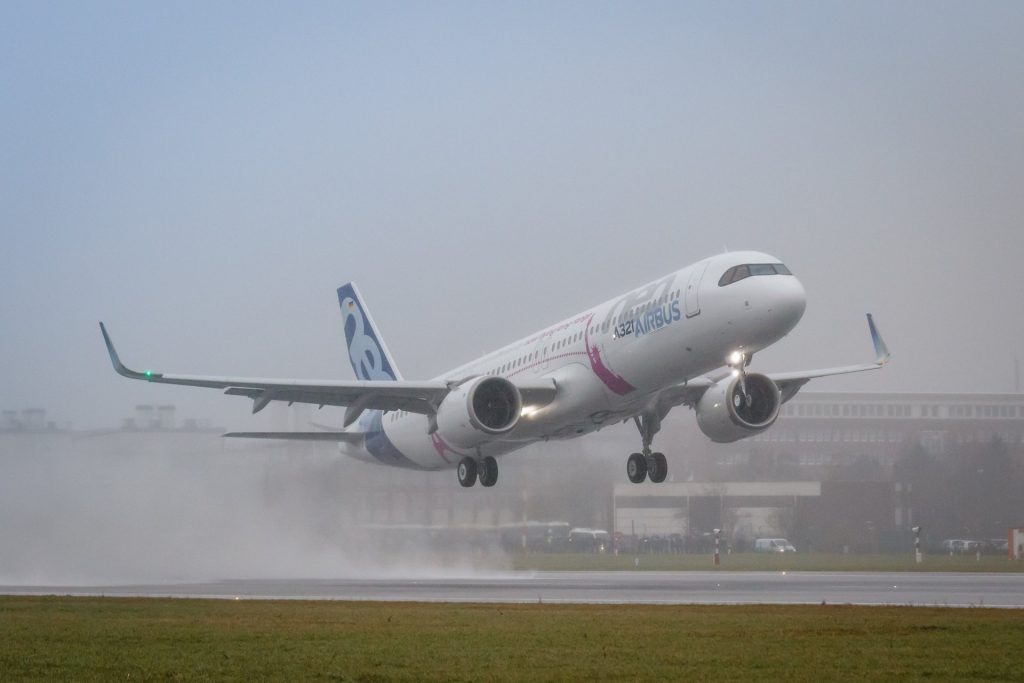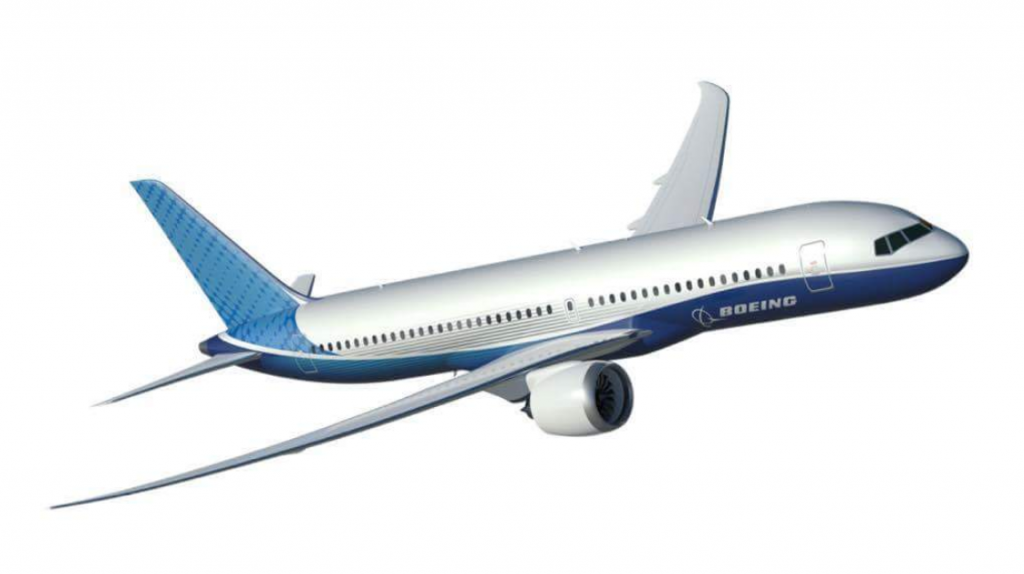LONDON – Sources from Reuters are reporting that Airbus is looking at further bumping up the range of its A321 program as the latest effort in trying to pre-empt a potential new mid-market jet (NMA) being studied vigorously by Boeing.
This new version, dubbed the A321XLR (Xtra-Long Range), will involve even more of an additional revamp to the A321LR (Long-Range) aircraft, which recently claimed a long-distance record for the testing of single-aisle jets.

The A321XLR would include capacity for extra fuel, although it is unclear whether this additional ability would risk reducing passenger volume.
Sources believe that the A321XLR will be targeted more for North American carriers, especially as Boeing is now looking to proceed with a new Middle of the Market jet (probably dubbed 797), which would compete with the A321LR and become the ultimate replacement of the Boeing 757.
The European manufacturer isn’t willing to give any information, with a company spokesman saying: “We do not comment on our product policy.”
BOEING’S NMA PROJECT?
Boeing’s 797 project, also known as the NMA-6X and NMA-7X (according to two people familiar with Boeing’s planning for manufacturing), would aim to carry up to 225 passengers on 5,000 nautical mile trips (NMA-6X), as well as carrying up to 265 passengers on 4,500 nautical miles (NMA-7X) missions.
The A321LR will be able to carry 244 passengers at best, with 206 in a two-class configuration on 4,600 nautical mile missions.

If Boeing comes through with its 797 program, the A321LR will carry 19 more passengers than the NMA-6X plane, though it will fly 500 miles less.
However, the NMA-7X will carry 21 more passengers and travel the same distance as the A321LR.
With these numbers in place, it is not surprising to see Airbus considering a longer-range variant of its long-range A321.
Although Boeing isn’t confirming about whether the 797 program will take place, it hinted that it might happen at the Paris Air Show 2017 with a baseline configuration study of a new MoM aircraft.
On top of this, a Boeing spokesman said, “It’s a decision they will get to over the next year or so. If a program is launched, entry into service would be in the 2024-2025 timeframe.”
But for now, all we can do is watch to see whether Airbus goes through with the XLR variant for the successful A321 program.
If Boeing does indeed announce and release the NMA-7X, it won’t be long until Airbus starts the development of the A321XLR to keep up with the competition.
Article Source



